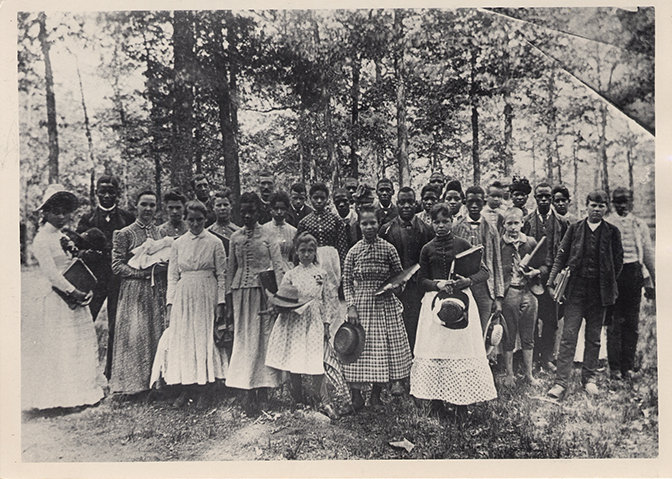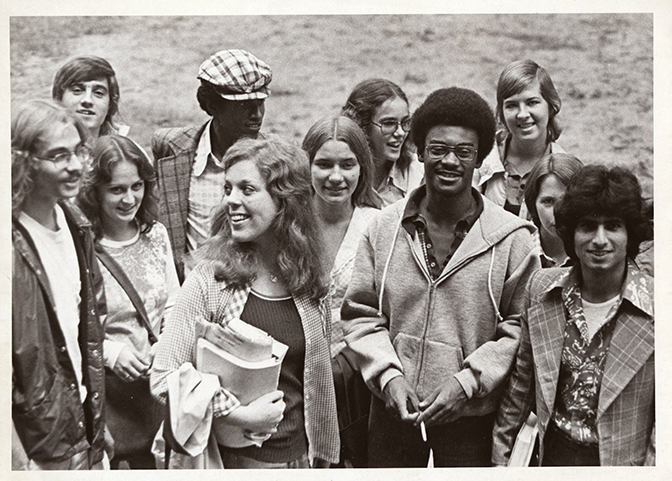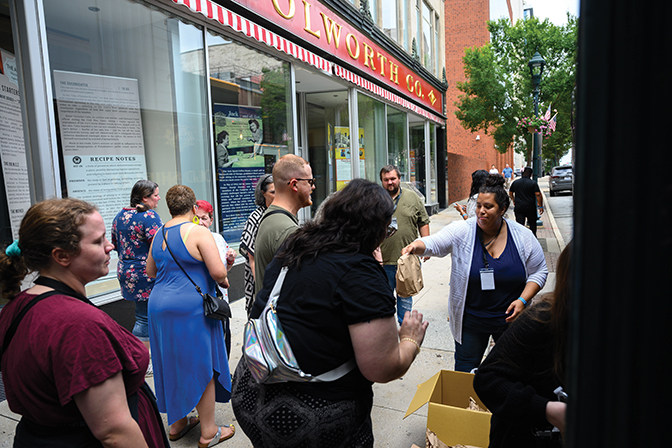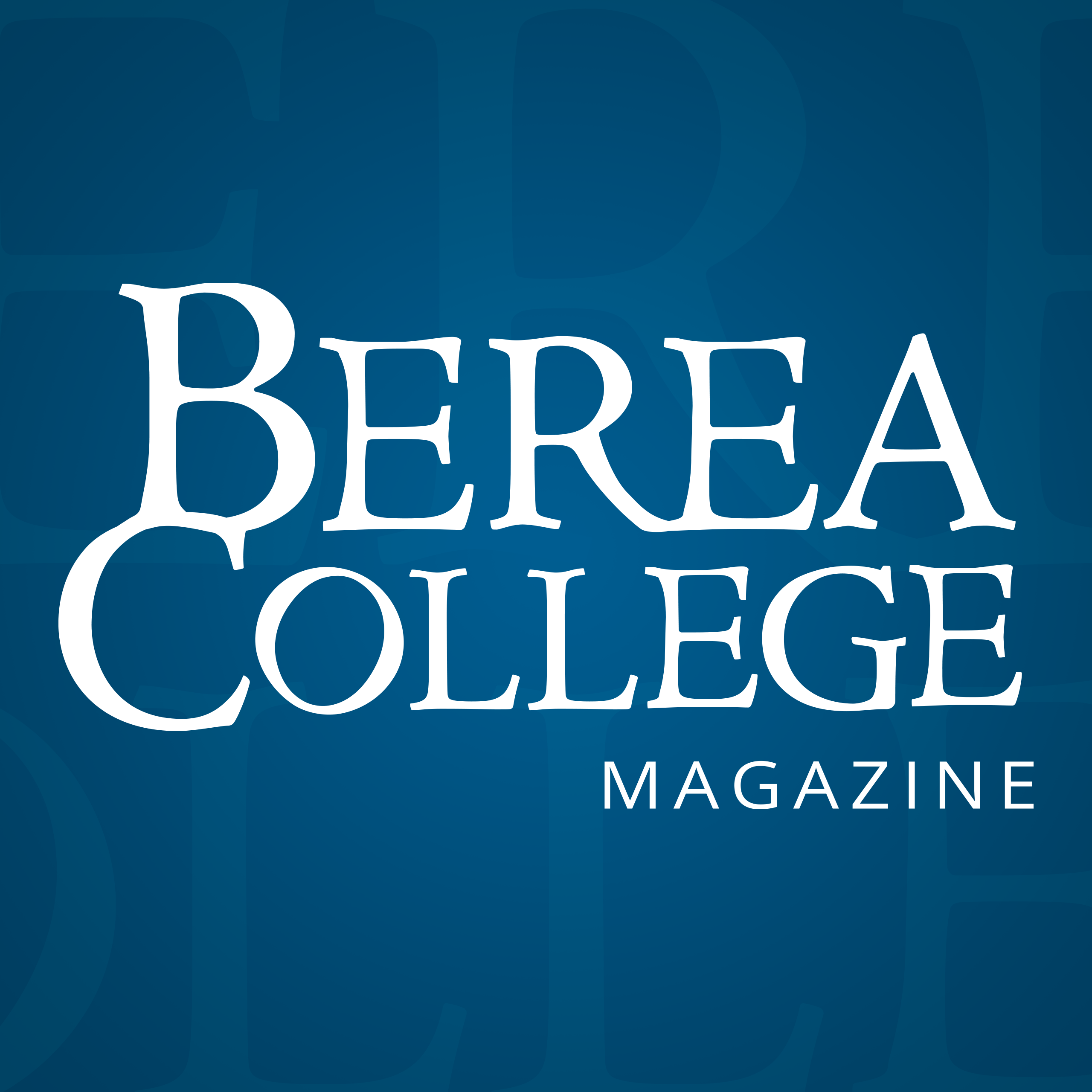Beyond Isolation, Building Coalition

In summer 2023, the U.S. Supreme Court ruled against Harvard and the University of North Carolina by calling for the end of using race as a factor in college admissions. This move left many in higher education questioning how to best ensure that their students would be educated in a racially diverse environment. Berea College was founded on the mission of impartial love through interracial education. It is not the first time we have faced a Supreme Court decision that put our commitment to our mission in peril. When Kentucky State Representative Carl Day visited Berea College in 1904 and witnessed students experiencing interracial education, he introduced a bill to segregate Kentucky’s schools, aimed directly at Berea College, the only integrated college in Kentucky. Despite opposition from Berea College and others, the bill was signed into law, and Berea College was fined and convicted of violating the Day Law.
The College challenged the ruling all the way to the U.S. Supreme Court, and in 1908, the Court ultimately ruled against Berea. Undeterred, the College divided its endowment and opened the Lincoln Institute in Simpsonville, Ky., to continue educating Black students of Kentucky and Appalachia during this period of nationwide segregation. This period of segregation lasted from 1908 through 1950, when the Kentucky legislature revised the Day Law to allow the reintegration of Berea College. From the institution of the Day Law to its overturning, Berea was a white institution. It was a struggle to live our mission of interracial education. It is easy to assume that Berea quickly returned to its vision of an interracial college, but that was not the case.


This reintegration proceeded very slowly as a result of a continued commitment to admitting students from the Appalachian region and the significant outmigration of Black and Indigenous Appalachians from the region. Black enrollment at Berea College remained low—less than 10 percent—until 1995. As a result of the forced segregation of Berea College and the slow pace of reintegration, Berea College was not able to fully live its mission of interracial education for many years. As a result, according to Andrew Baskin’s “Berea College and Interracial Education: The First 150 Years,” African American students at Berea College fought the same fights as students at other colleges and universities to gain more Black professors and access to Black Studies programs in the 1960s and ’70s.
It’s been more than 160 years since the founding of Berea College and a significant milestone in the civic life of African Americans in this country, when the Dred Scott v. Sandford case declared African Americans were not citizens and had no rights beyond what the dominant culture and government chose to grant them. At the same time, Rev. John G. Fee and the founders of Berea College created a place where “God has made of one blood all peoples of the earth,” where Black and white students could come to learn, work and serve together, and where the divisions that plagued the nation were erased under the banner of impartial love. Interracial education at Berea College was founded during this tension. We do our best work of interracial education through coalition building in times of struggle.
Interracial education is a product of coalition building. Coalition requires all members to enter from a place of equality. Coalitions are created by all the members; they are not dictated from the top down. As 1903 alumnus Carter G. Woodson argued, one can only engage in integration from a place of equality.
If the education one receives privileges a white story, an able-bodied story or a cis-gendered story, one will not enter the community with the equality needed to be a full member. Like Dred Scott, you will find that you have no rights in the community that the dominant culture is bound to respect. In this way, there is no loss of culture or having to “fit in” to be a full member of the coalition. The Carter G. Woodson Center for Interracial Education invites all to build a coalition with us, including those who are different, rather than only illustrating their differences on campus.
In many ways, we have increased our diversity on campus, but we are more isolated than ever. It is increasingly possible to narrow our view to those of a similar political affiliation, social class or even identity in our interactions in the digital world. We must work to overcome those impulses by learning to discuss our differences. The vision that Berea was founded on offered a method for how to bridge the gaps of the late 19th century. Today, we face the legacies of systemic racism, mass incarceration, multi-generational poverty and environmental degradation. We must find a way to address these in the 21st century, and our focus on interracial education must be clear. I believe Berea College still offers a way to address these issues by focusing on building an intentional interracial coalition.

Interracial coalition building is critical to creating the kind of interracial community we desire. In the months following the assassination of Dr. Martin Luther King Jr., thousands gathered in an interracial coalition to continue his Poor People’s Campaign at Resurrection City, an encampment built along the Mall in Washington, D.C. This work included Black and white, rural and urban, men and women and was an effort at creating a community of dignity and inclusion for all.
Berea has a commitment to interracial education and impartial love. Our Great Commitments call us to a greater emphasis on who we say we are. Just as diversity does not equal automatic inclusion, commitment on paper does not equal a commitment to action. We must work so that who we say we are on paper is a true representation of the community we foster and the model we present to the world. Here, at the Carter G. Woodson Center, we are working to advance that cause.
The Makings of a Movie
The first integrated youth team in the state of Kentucky was created in Middlesboro in 1953. Black kids and white kids took the diamond together, sharing dreams of homeruns and strike outs–just like the big leaguers of their day.
Segregated America of the 1950s made interracial play unheard of almost anywhere, let alone in baseball. Jackie Robinson and Larry Doby had just integrated Major League Baseball.
These kids in Middlesboro made history in more ways than one. The little leaguers learned what it meant to be both pioneers and champions, winning the state title.
Their legacy is seen every day across the Commonwealth, from the soccer pitch to hardwood courts, where integrated youth teams in Kentucky are commonplace.
We have a little coal town in Bell County to thank for that.
For more information about this story, check out www.thisfieldlooksgreentome.com.

